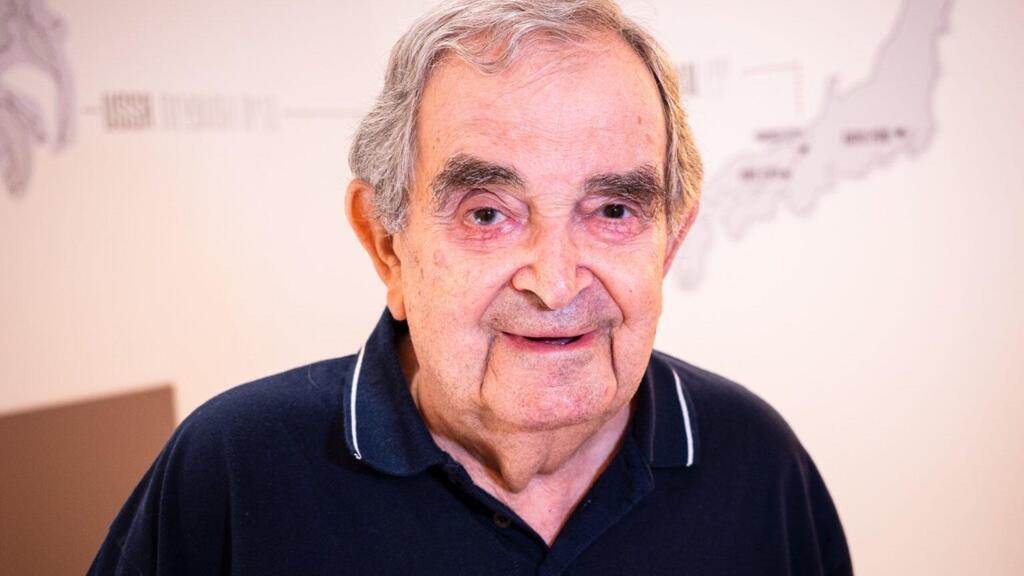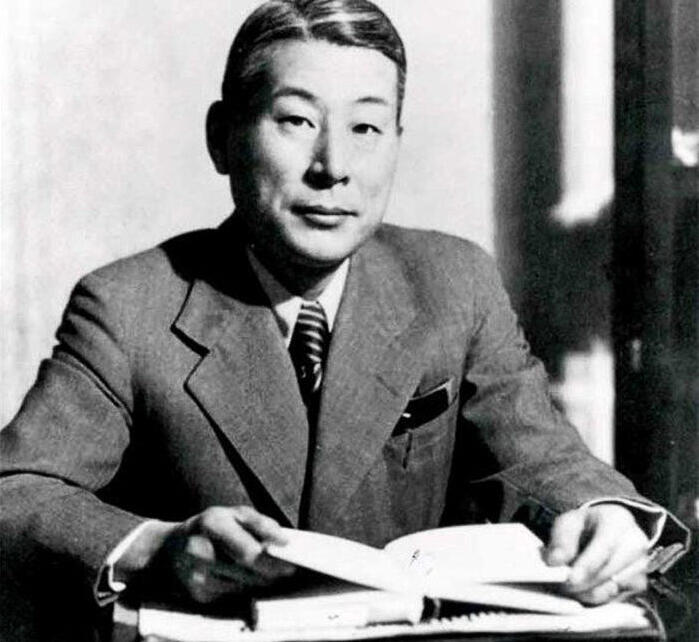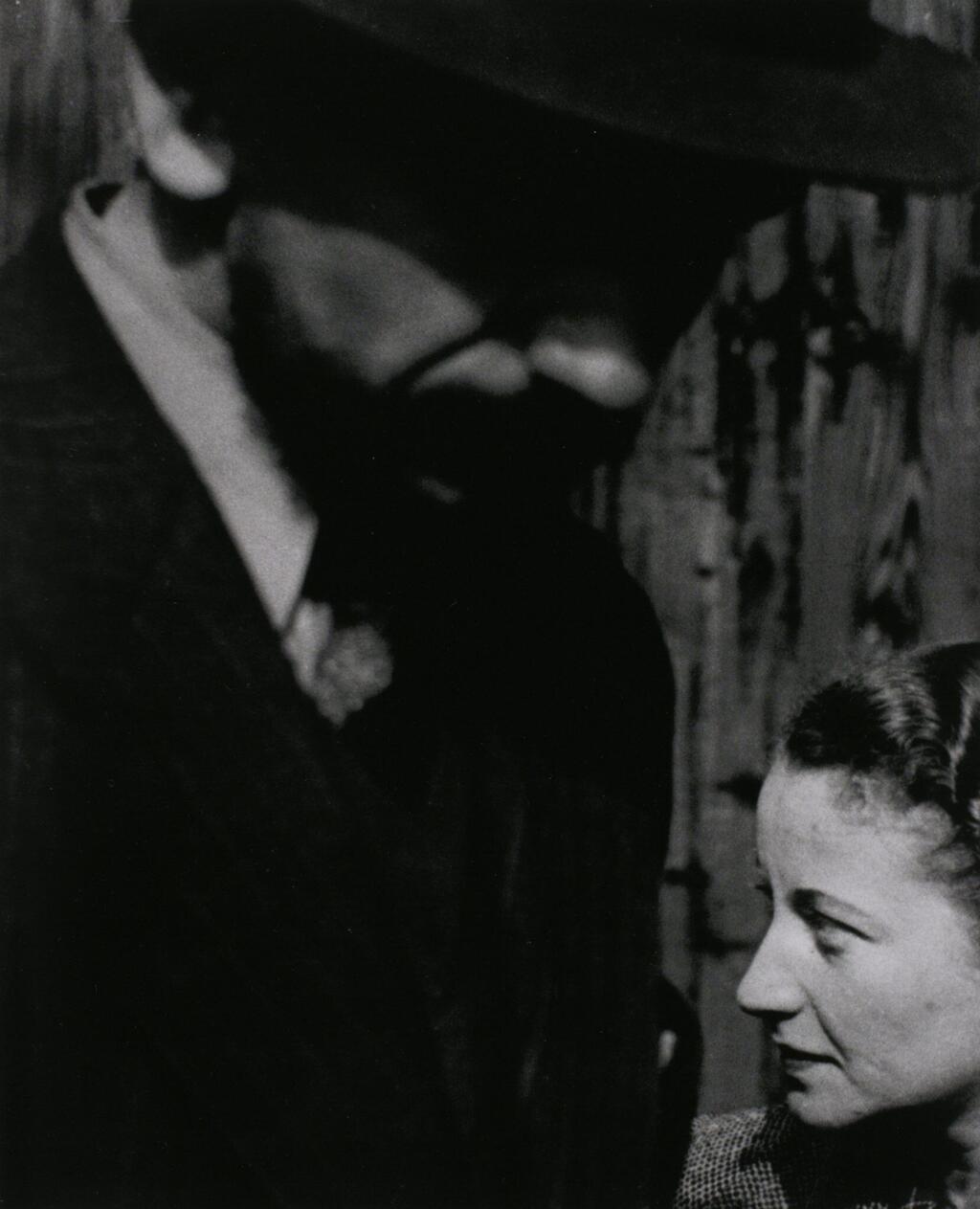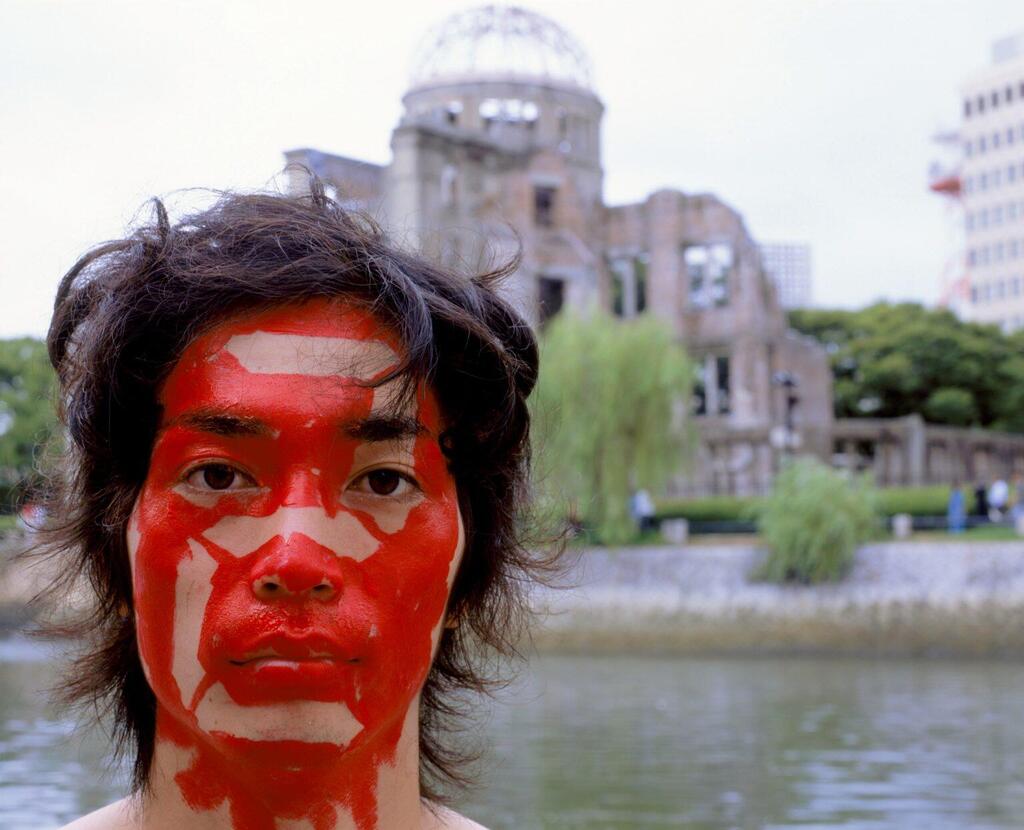Bertie Frankel was only two years old when his family decided to pack their bags and leave their home in the Polish city of Kraków forever.
The year was 1939 and Nazi Germany had invaded the country days earlier. Like many other Jews living in Poland at the time, the Frankels chose not to wait out the war.
4 View gallery


Bertie Frankel, 84, was among the thousands of Jews rescued by Sugihara during the war
(Photo: Dario Sanchez/The Media Line)
“My father immediately realized that nothing good would come of the Germans so we escaped,” Bertie Frankel recounted. “My father hired a bus and then when the bus ran out of petrol, he paid a farmer for a horse and cart and we made our way as refugees eastward towards Russia.”
During their harrowing journey to safety, the Frankels eventually arrived in the Lithuanian city of Kaunas, where they managed to acquire visas to travel to the Dutch Caribbean island of Curaçao.
However, a diplomatic agreement in place at the time stipulated that in order to reach the tropical island they also needed transit visas from Japan.
“It was all nonsense because there was no way one could get from Japan to Curaçao,” Frankel related. “There were no planes and ships were very scarce.”
Thousands of like-minded people, desperately seeking to flee the war in Europe, waited in line at the Japanese consulate in Kaunas in the hopes of getting their hands on a visa. As with many tales of survival from World War II, the Frankels had luck, timing, and the help of an unlikely hero on their side.
His name was Chiune Sugihara and he was serving as vice-consul for the Japanese Empire in the city at the time. In the summer of 1940 – months before Japan would sign an agreement formally declaring itself part of the Axis Powers – Sugihara issued more than 2,000 visas to Jewish families. In this way and at great personal risk, he saved over 6,000 Jews.
4 View gallery


Japanese diplomat Chiune Sugihara, known as 'Japanese Oskar Schindler,' rescued thousands of Jews fleeing Europe during WWII
(Photo: Wikimedia Commons)
Bertie Frankel’s father’s incredible encounter with Sugihara happened during that fateful summer. He skipped the long line outside the Japanese consulate and snuck into the building through the back door.
“Suddenly Sugihara comes out of the bathroom and asks him in German: ‘What can I do for you? Why are you here?’” Frankel said of the fortuitous event. “There were thousands of people outside and [my father] was already inside. He says, ‘Consul I need visas.’ Sugihara says, ‘Please come into my office,’ and he wrote the visas then and there for my mother, my father, me, and my two uncles.”
Though difficult to give an exact number, it is estimated that as many as 100,000 Jews alive today are the descendants of those who received visas from Sugihara.
For his heroic act, Sugihara later became known as the Japanese Schindler and was recognized as Righteous Among the Nations.
Frankel and his family eventually ended up with others in the port city of Kobe in Japan before settling down in New Zealand. Now 84, Frankel lives in the Israeli city of Kfar Saba with his wife Nira.
“I owe Sugihara my life – nothing more nothing less,” Frankel said. “We have two sons and six grandchildren, and this is what Sugihara did. He didn’t save just my father and me: He saved the future generations.”
Tikotin Museum in Haifa hosts first-of-its-kind art exhibit
Frankel is among the very few Sugihara survivors that are still alive today.
He spoke on the sidelines of a special ceremony that was held on Sunday at the Tikotin Museum of Japanese Art in Haifa ahead of a groundbreaking new exhibition.
The show, titled “Time Tunnel: Japan and the Jews,” marks 70 years of diplomatic relations between Japan and Israel and explores the Holocaust through Japanese contemporary art.
It features dozens of works by leading artists, including several by the famed Tatsuo Miyajima.
Miyajima’s site-specific installation – “Sea of Time” – stands at the heart of the show. The 500-square-foot artwork was created as a collaboration between the artist and 300 people, including Holocaust survivors that were rescued by Sugihara. Each participant selected a number to represent a personal memory linked to the war, which was then represented as LED lights that lit up the darkness of the surrounding gallery space.
Alongside the installation are displayed several photographs of people with numbers painted on their bodies. The work, called “Counter Skin,” brings to mind the numbers that were tattooed on Jews during the Holocaust. The images were previously displayed in Hiroshima and at the border between North and South Korea – places long associated with tragic histories.
Miyajima, who visited Auschwitz when he was young, recalled that he was “very shocked” about the experience.
“I think that World War II, damages of the Holocaust, and the atomic bomb are the same issue,” he said. “It’s [about how] evil from people kills people.”
The exhibition at the Tikotin Museum also includes several other notable pieces, including a video installation by SHIMURAbros, as well as rare photographs of the Jewish refugees who came to Japan captured by the Tampei Photography Group.
4 View gallery


A picture of Jewish refugees in Japan taken by Yasui Nakaji in 1942
(Photo: Courtesy)
“I don’t think that many people are aware of the story of Sugihara and that’s one of the purposes of this exhibition: to tell the story and educate,” said Tikotin Museum curator Dr. Etty Glass Gissis.
“As far as I know, this is the only art exhibition in the world to present the subject [of Sugihara] from an artistic rather than a historical perspective,” she continued. “The walls are not filled with historical texts and the story is essentially the subtext. It was a challenge to discuss this issue in this way but we are an art museum.”
“Time Tunnel: Japan and the Jews” will open to the public on Friday and remain on display until April 22, 2023.
The story is written by Maya Margit and reprinted with permission from the Media Line


